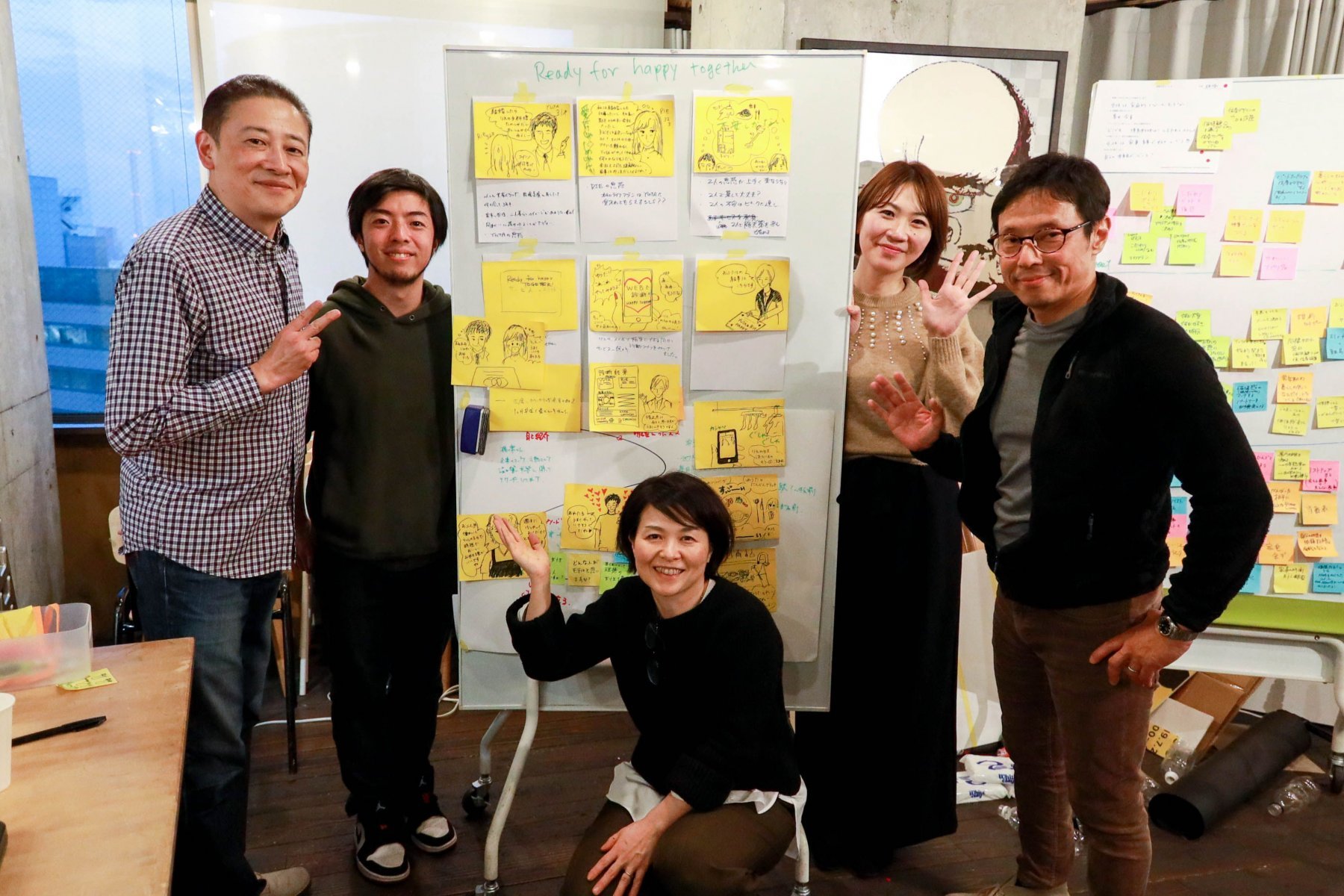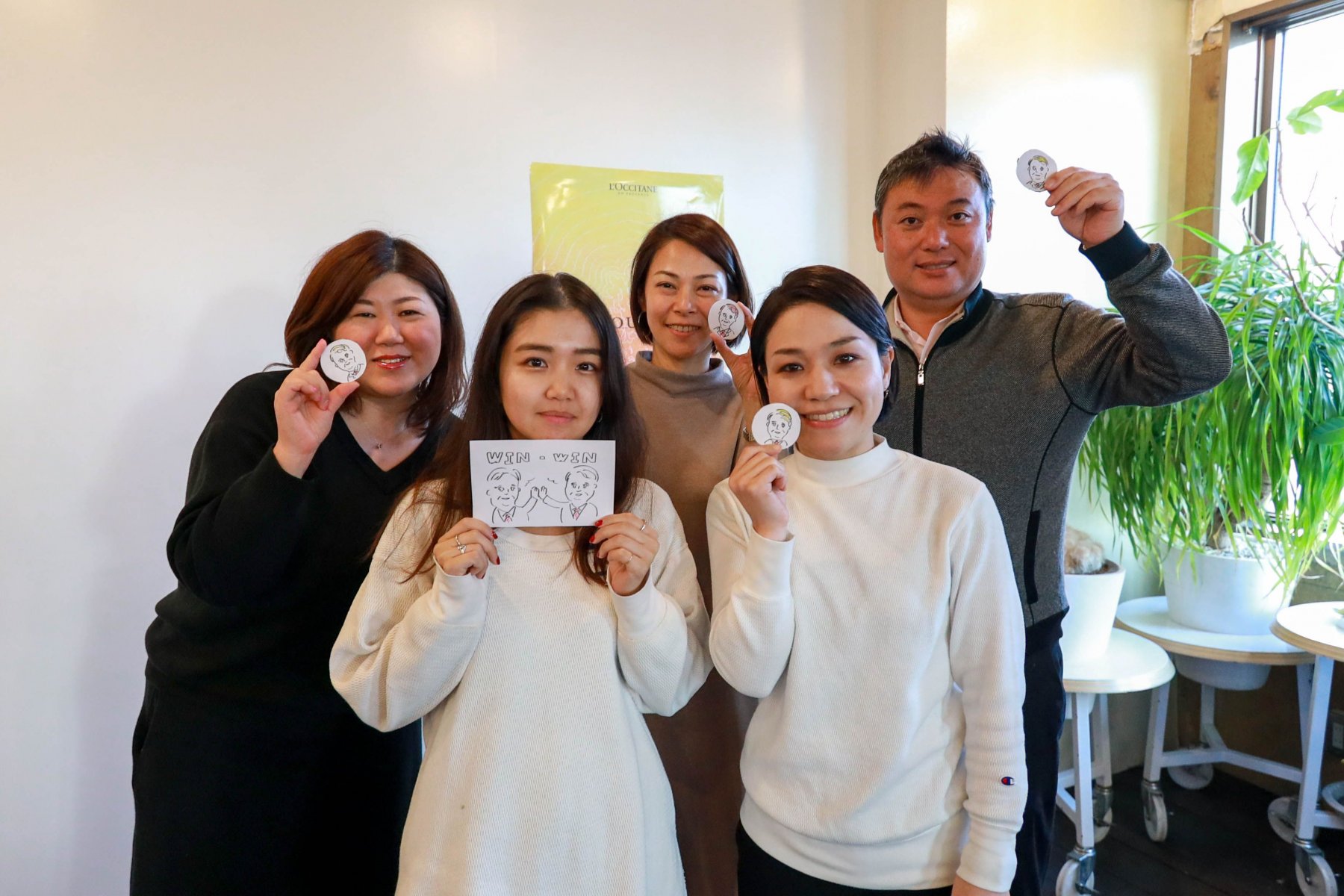
L’Occitane Japan strengthens work culture through design thinking corporate training
Outline
From product development to marketing, the application of the design thinking process has been an effective tool in challenging assumptions and creative problem-solving. Not just for designers, design thinking attracts even CEOs like L’Occitane Japan’s Nicolas Geiger. Having been introduced to the concept at business school over ten years ago, it’s a process he uses in his own approach to business management.
Wanting to build a strong corporate culture at L’Occitane Japan, Geiger looked to Loftwork to help instill in employees a new way of looking at work and life. Through Loftwork’s own design thinking workshops, employees were able to push themselves out of their ‘comfort zones’ and be emboldened to venture into new spaces for collaboration, empathy and innovation.
“You are not going to learn any actual ‘thing’ such as actual knowledge, really,” says Geiger. “Instead…you will change the way you look at the same issue, and looking at it in a different way helps you find better solutions.”

Objective
As one of the core principles of design thinking, empathy requires design thinkers to throw away their own assumptions, in order to better understand users. Yet, to build a strong corporate culture of empathy is no easy feat, especially when old habits die hard.
In early ‘pre-phase’ interviews with L’Occitane employees, it was revealed that, lacking the creative and open environment to support new ideas, employees tended to do things that have worked before. Since most employees were backed by experience working in large, traditional Japanese corporations, with many trained within those contexts, it was challenging for employees to feel empowered to step out of their comfort zones and take risks. Additionally, many held the common mentality of competition, rather than collaboration, in the workplace.

As the bigger picture of this project was mapped out, the design thinking workshop phase was established as ‘Phase 0’ – the very first step. Here, L’Occitane members would be provided with the opportunity to acquire basic design thinking fluency, as well as to establish the basis for developing a corporate culture of empathy, before integrating it into the workplace in a more permanent or physical sense.
Process

The workshop was designed in a way to allow participants to experience the cycle of the ‘Double Diamond’, which illustrates the design process, as invented by the Design Council in the UK. The two diamonds represent “a process of exploring an issue more widely or deeply (divergent thinking)” and then “taking focused action (convergent thinking)”, according to the Design Council.
Team Building
Employees were split into four teams (A, B, D and D). Together, they worked together to define their goals and motivations as a team, as well as sharing their skill sets and values with one another. Doing so helps members to be more aligned and productive. Team building is important for starting a structured conversation and getting everyone on the same page.
Discover
As the first step of the Double Diamond, this part helps people understand, rather than simply assume, what the problem is. It involves speaking to and spending time with people who are affected by the issues. L’Occitane members went on the streets and initiated conversations with their potential users/customers.
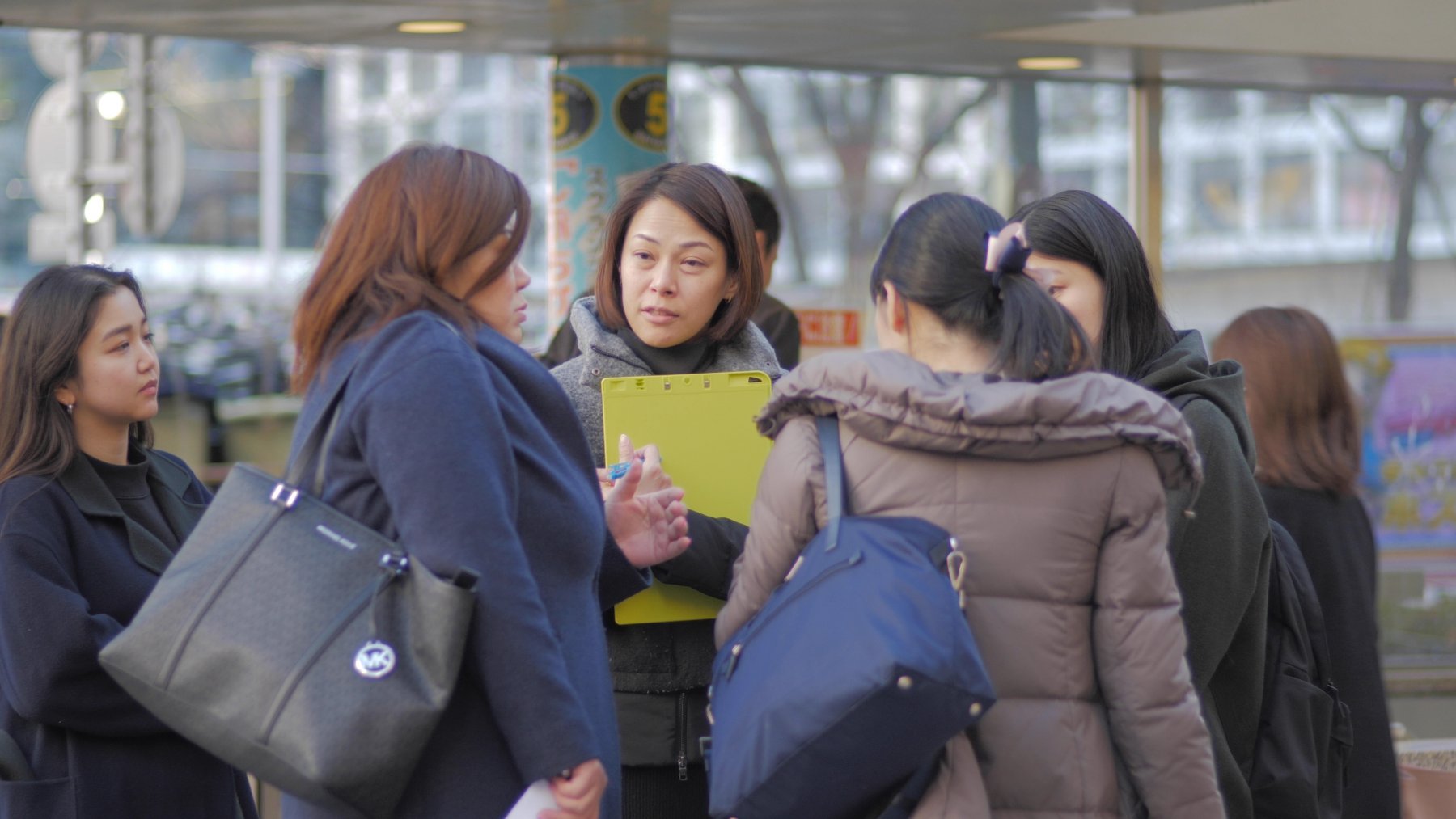
Define
The insights gathered from the discovery phase help team members to define the challenge in a different way. After wrapping up the interviews, the respective teams held discussions to decide which challenge they would focus on tackling.
Develop
The second Diamond encourages people to give different answers to a clearly defined problem, seeking inspiration from elsewhere and co-designing with a range of different people. This step requires divergent thinking again, after defining a challenge in the previous step. The members performed ideation as a team and produced as many ideas for the selected challenge as possible.
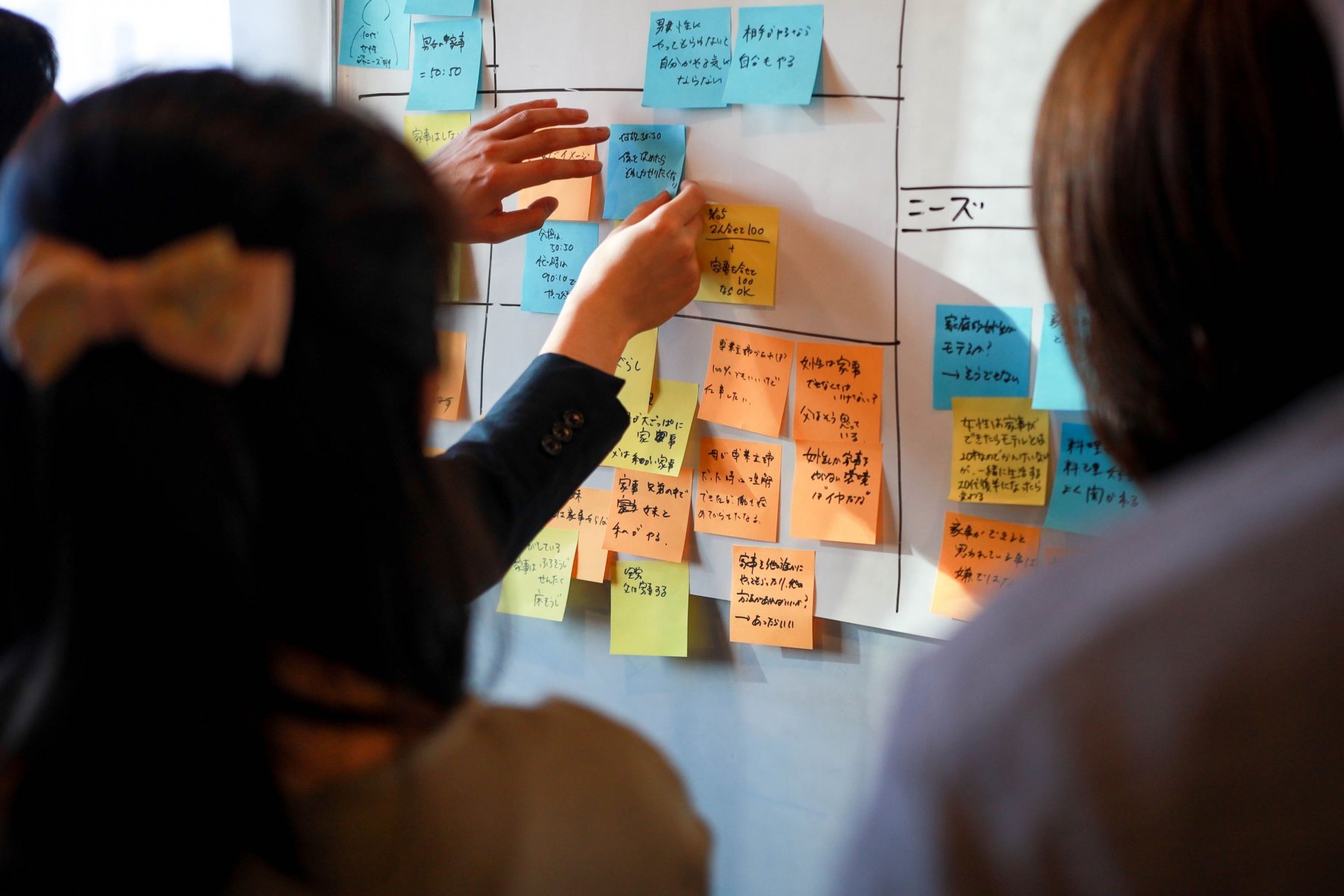
Deliver
Delivery involves testing out different solutions at small-scale, rejecting those that will not work and improving those that will. The presentation of ideas can be something incomplete, like ‘quick and dirty’ prototypes, as long as it communicates the idea and receives feedback. The members first sketched out ideas together and then used provided tools and materials from everyday life to make incomplete prototypes, such as a prototype mobile app or a VR headset made out of cardboard.
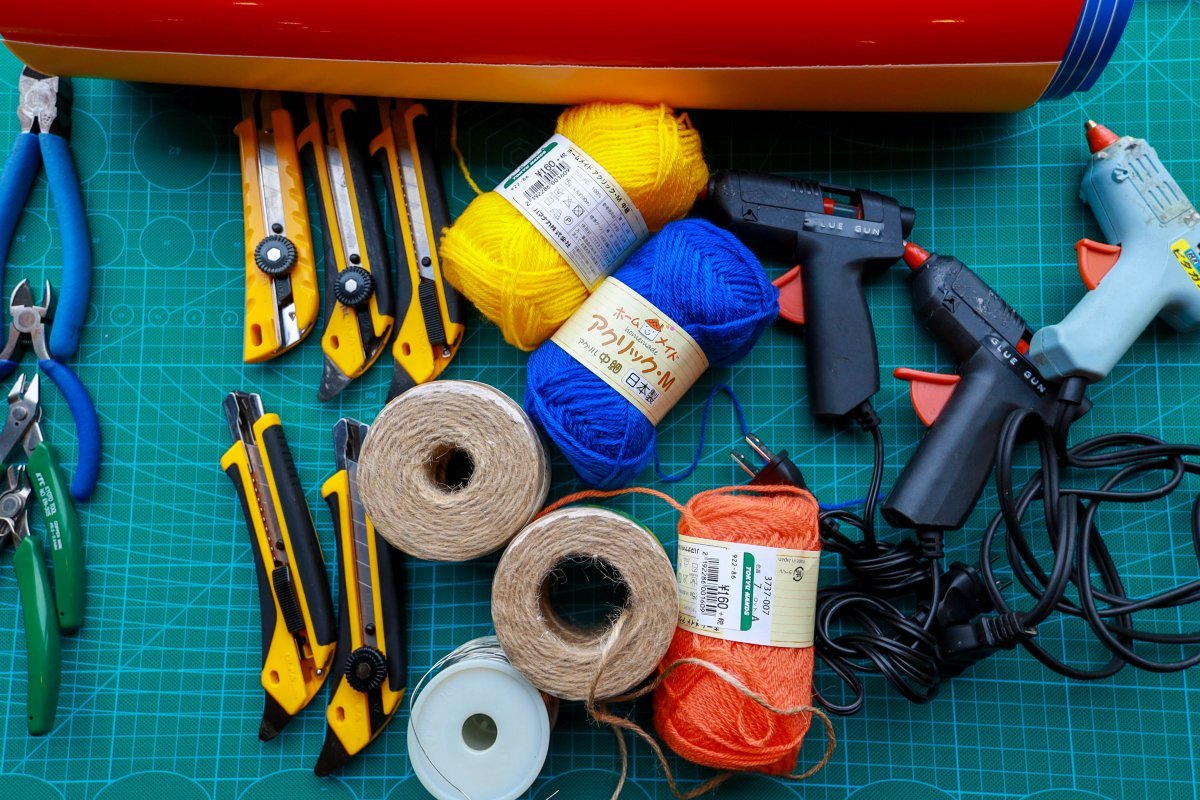
About mirai gengo
Alongside training for the design thinking methods, we also included improvisational sessions, to immerse participants in a playful, creative context, and allow them to truly venture outside of the comfort zone. A core exercise we often incorporate into our workshops, Mirai Gengo, or the language of the future, asks participants to cover their eyes, ears or mouths. Originally designed with the goal to help those with difficulties in seeing, hearing or understanding, participants take on partners of different barriers and are challenged to find ways to communicate under those conditions.

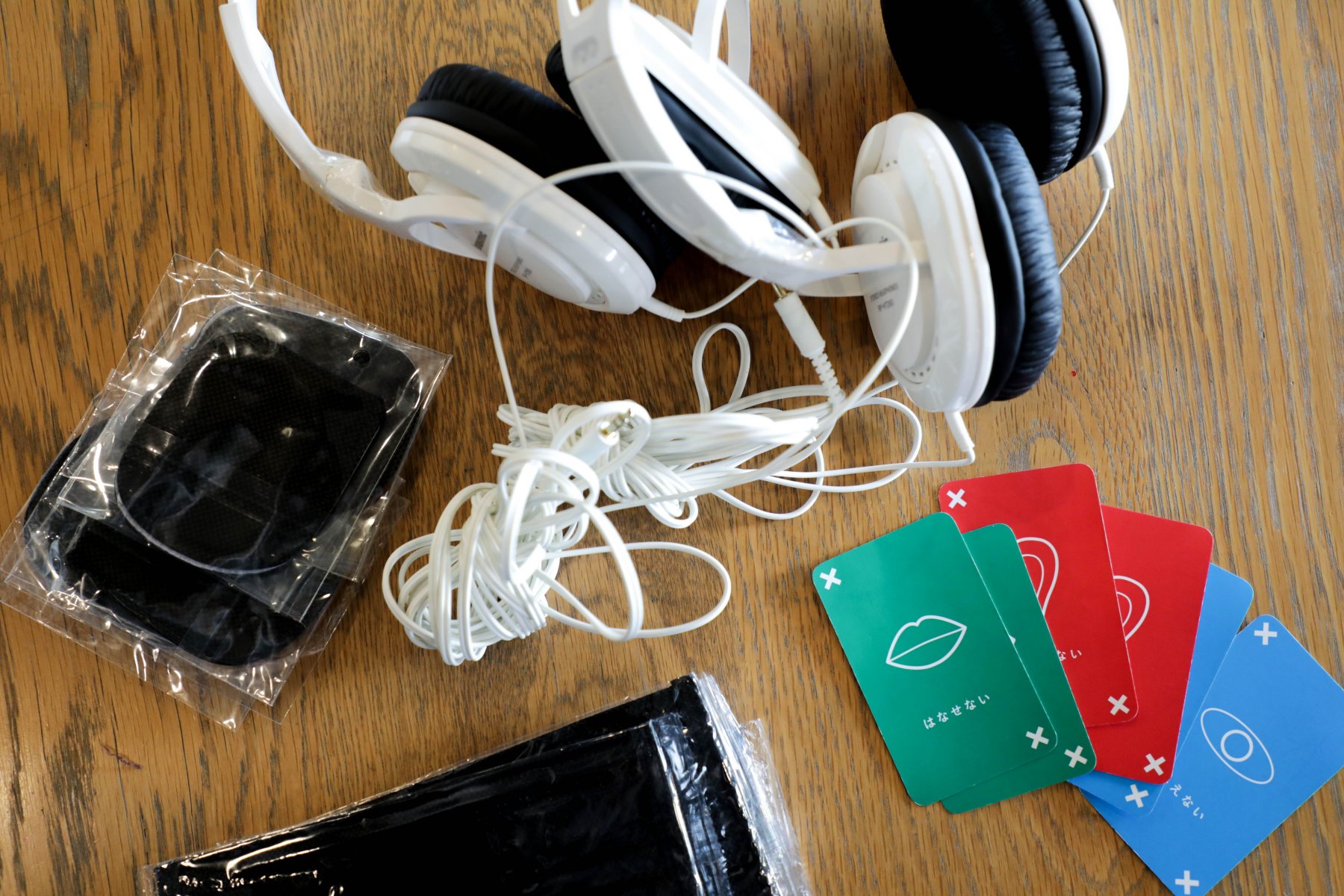
Output
With the broader social norm of a competitive, rather than collaborative, workplace mentality, teams needed to try to nurture genuine connections with one another, to better understand and work with each other. Empathy as a skill, then, is crucial for not only understanding customers but also teamwork itself. Through Mirai Gengo, the L’Occitane teams were able to be eased into empathetic thinking through play, as well as let down their guards with one another. By experiencing it – rather than just being taught or told about it – they were also able to better incorporate it into the design challenge part of the workshop.
Team A tried hard to utilize empathy as part of working as a team, leading to a more ‘flat’ organization structure and an open environment for opinions to be shared. Similarly, Team B were able to have open discussions without judgement, with team members drawing upon their personal struggles as they tried to locate a topic for the design challenge.
This open, collaborative and judgement-free spirit was further cemented with the overarching goal of working towards a social good, rather than a private good. A key factor in the design challenge is that it was oriented away from their current work projects or daily tasks. By opening up the scope of the challenge to tackle bigger, social issues, such as child-rearing, or work-life balance, team members were able to step away from self-motivated approaches or thinking, as they may have made a habit of in the past. As Mayumi Uchibori of Team D, a L’Occitane sales division regional manager, said, “I devoted myself to the team and what it needs, rather than trying to prove my abilities.”
Working on these broader social issues also allowed teams to be more flexible and adaptable – and in turn, innovative. Here, outside of the confinements of a work context and needing to find practical solutions, members could let their ideas roam free. Team C, for example, was able to go beyond ‘common sense’, challenging popular societal views on family by creating alternative lifestyles. Meanwhile, other teams were able to pivot from their original ideas after conducting field research in the first step; after that many young people do not have sufficient experience living independently, Team B quickly changed their focus from women and chores to the experience of cohabitation.
Voices
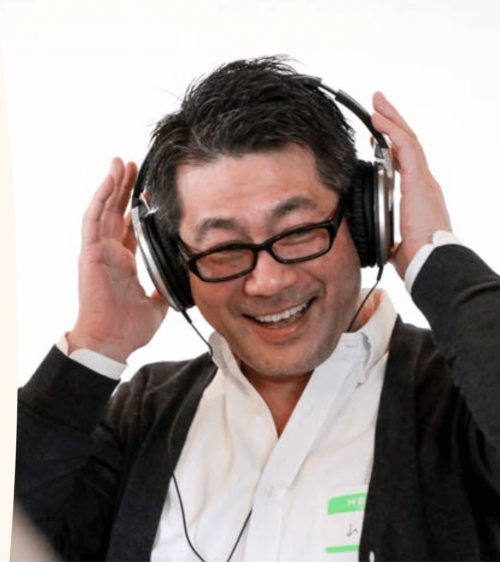
“Empathy is not understanding what others say, but rather, knowing them by reading their situations. I found it difficult yet important to understand others’ points of view. It was a very good experience to realize how our common sense is different from others’.”
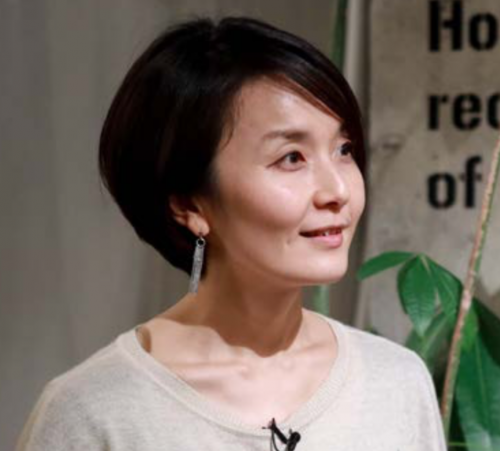
“I would like to start trying out the approach of creating as many ideas as possible, rather than being too caught up in the quality of ideas.”




